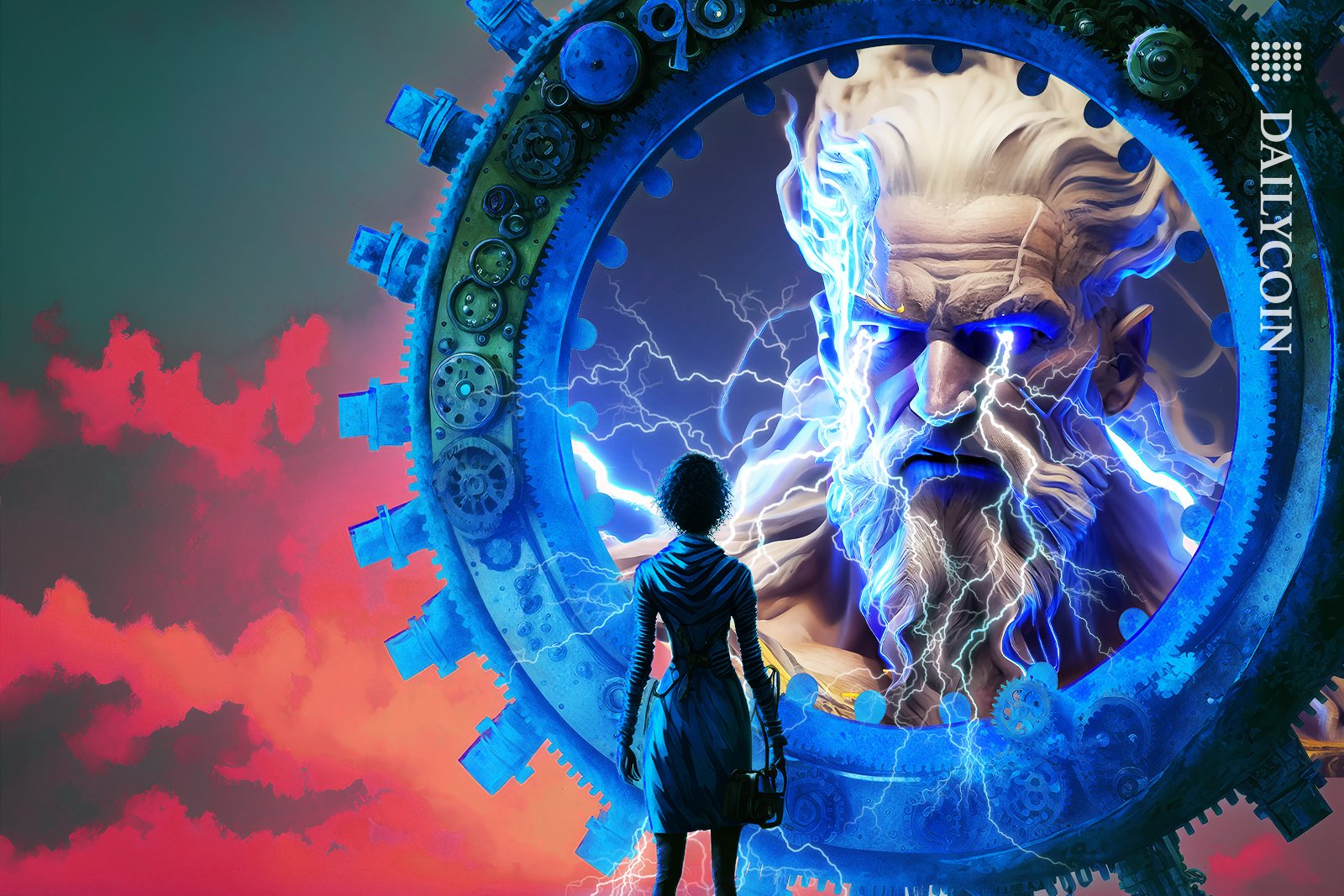
- The hype surrounding BRC-20 assets and Ordinals has led to unprecedented problems like network congestion for Bitcoin.
- Lightning Network developers have developed a solution that addresses Bitcoin’s scalability problems.
- Taproot Assets v0.2 looks to take BRC-20 assets and Ordinals off-chain.
The recent popularity of BRC-20 assets and Ordinals has brought a plethora of challenges and opportunities to Bitcoin. While these protocols have entirely changed how people interact and use Bitcoin, the hype surrounding them has led to a formidable obstacle for the network to overcome – congestion.
On one side, Bitcoin’s mempool is flooding with hundreds of thousands of unconfirmed transactions awaiting processing. On the other hand, Ordinals are booming, recording seven million total inscriptions on the network. As Ordinals and BRC-20 tokens show no signs of slowing down, the network grapples with an increasing array of issues that urgently call for a solution.
While some developers have proposed an outright ban on Ordinals as a potential remedy, Lighting Labs has developed a more practical solution: Taproot Assets v0.2. The new Taproot upgrade aims to tackle problems head-on and provide a more viable path forward for Bitcoin.
What Is the New Taproot Upgrade?
Lightning Labs, developers of the Lightning network, have introduced a new upgrade to the Taproot Assets Protocol known as Taproot Assets v0.2. The updated protocol specifically addresses Bitcoin’s recent network congestion issues caused by BRC-20 assets.
Sponsored
Formerly known as Taro, the new protocol operates “maximally off-chain,” allowing unlimited asset minting and transfer within a single on-chain transaction. This approach enables users to enjoy the permissionless nature of Bitcoin while effortlessly scaling their businesses without running into scalability problems.
With the new Taproot upgrade, users will soon be able to seamlessly integrate their BRC-20 assets into the Lightning Network for instant high-volume transactions with minimal fees, all without the need to build an entire ecosystem from scratch.
Furthermore, the Taproot Assets v0.2 upgrade is designed to be developer-friendly, leveraging the existing Taproot VM and utilizing an address format familiar to Bitcoin users and unique to each asset.
Sponsored
Additionally, the Taproot Assets v0.2 is compatible with light clients, allowing assets to be created anywhere worldwide using lower resource-intensive devices like smartphones. This is a big step forward, considering users had to maintain a full node and multi-gigabyte ledger to track assets on Bitcoin.
Why Is the New Taproot Upgrade Important?
Since the inception of BRC-20 and Ordinals earlier this year, users have been flocking to Bitcoin, inscribing all kinds of meta-data, and creating all sorts of exciting tokens and applications. However, the new technology’s unprecedented success has led to many problems that Bitcoin hasn’t previously seen.
Over 200,000 transactions still sit in limbo on Bitcoin’s mempool, exchanges struggle with withdrawals, and users panic over the high network fees. Still, Ordinals continue to grow, accruing over $36 million in fees.
Interestingly, according to Lightning Labs, the current method of directly writing asset metadata into the block space is “inefficient.” What’s more is that Bitcoin, in its current form, is not tailored for scalability.
Taproot Assets v0.2 addresses those issues and makes Bitcoin more scalable by taking asset issuance and its transactions off-chain on the Lightning Network, making it a multi-asset network.
Additionally, Lightning Labs has shared that this release would also enable stablecoin support for users in emerging markets. The feature is still under development. However, users can open Taproot Asset channels with an asset of their choice and connect it to the Lightning network once finished.
On The Flipside
- A veteran Bitcoin core developer suggested banning Ordinals and BRC-20 entirely because of the network congestion they caused.
- At press time, the total market cap of BRC-20 tokens is $474 million. However, on May 9, the BRC-20 total market cap surpassed the $1 billion mark for a short while.
Why You Should Care
BRC-20 has forever revolutionized Bitcoin into becoming more than a store of value. While Bitcoin core developers hoped to ban Ordinals, this new update could add to the hype and allow the technology to stay longer.
Read more about Bitcoin:
Bitcoin (BTC): The Birth of Cryptocurrency and the Blockchain Revolution
Read more about BRC-20:
